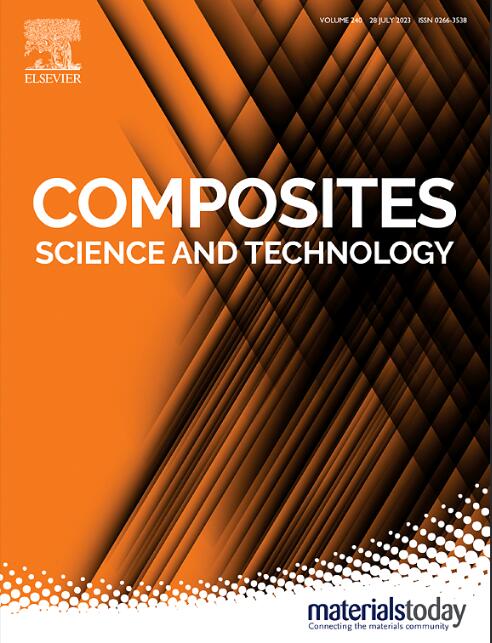Analysis of the effect of microstructural defects on the performance and fracture mechanism of adhesive single lap joints
IF 8.3
1区 材料科学
Q1 MATERIALS SCIENCE, COMPOSITES
引用次数: 0
Abstract
Adhesive joints offer advantages over traditional joining methods due to their lightweight nature, reduced stress concentration, and ease of manufacturing. Their mechanical performance is influenced by various factors, including defects, which can significantly affect the performance of the joints. However, research focusing on fracture mechanisms of adhesive joints influenced by defects at microscale is still limited. This study conducts both experimental and numerical investigations into the effect of microstructural defects on the performance and fracture mechanism of multi-type adhesive single lap joints (SLJ). The adherend materials are aluminium alloy (Al) and polyphthalamide (PPA), bonded with an epoxy adhesive. Mechanical properties of the adhesive, adherends and SLJs, obtained through experimental studies, are employed to calibrate the microparameters in Discrete Element Method (DEM) models for numerical analysis. The developed DEM models can predict the performance and capture the microstructural fracture mechanisms of multi-type SLJs, through realistically incorporating different types of microstructural defects, including the interfacial and adhesive defects. Finally, the influencing mechanisms of microstructural defects on the performance and fracture mechanisms of multi-type SLJs with different interfacial adhesion are investigated, including joint strength, microscale crack initiation, coalescence, and propagation.

微观组织缺陷对粘接单搭接性能的影响及断裂机理分析
与传统的连接方法相比,胶粘剂接头具有重量轻、应力集中程度低、易于制造等优点。其力学性能受到多种因素的影响,其中包括缺陷,缺陷会显著影响接头的性能。然而,在微观尺度上对粘结接头受缺陷影响的断裂机制的研究仍然有限。本文通过实验和数值研究了微结构缺陷对多型胶合单搭接接头(SLJ)性能和断裂机理的影响。粘附材料为铝合金(Al)和聚苯二胺(PPA),用环氧胶粘剂粘合。利用实验研究得到的胶粘剂、黏合剂和slj的力学性能,标定离散元法(DEM)模型中的微参数,进行数值分析。所建立的DEM模型通过真实地纳入不同类型的微结构缺陷,包括界面缺陷和粘结缺陷,可以预测多类型slj的性能并捕捉其微结构断裂机制。最后,研究了具有不同界面附着力的多类型slj的微观组织缺陷对其性能和断裂机制的影响机制,包括接头强度、微尺度裂纹萌生、微尺度裂纹合并和扩展。
本文章由计算机程序翻译,如有差异,请以英文原文为准。
求助全文
约1分钟内获得全文
求助全文
来源期刊

Composites Science and Technology
工程技术-材料科学:复合
CiteScore
16.20
自引率
9.90%
发文量
611
审稿时长
33 days
期刊介绍:
Composites Science and Technology publishes refereed original articles on the fundamental and applied science of engineering composites. The focus of this journal is on polymeric matrix composites with reinforcements/fillers ranging from nano- to macro-scale. CSTE encourages manuscripts reporting unique, innovative contributions to the physics, chemistry, materials science and applied mechanics aspects of advanced composites.
Besides traditional fiber reinforced composites, novel composites with significant potential for engineering applications are encouraged.
 求助内容:
求助内容: 应助结果提醒方式:
应助结果提醒方式:


